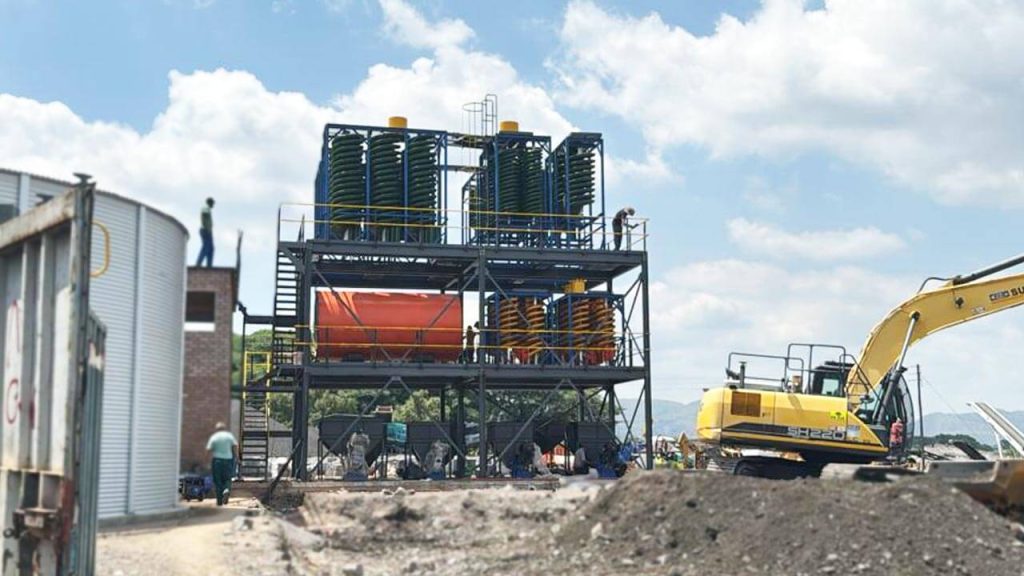What Processes Are Commonly Used In Zircon Beneficiation?

2. Electric separation
Conductive minerals such as ilmenite, hematite, chromite, cassiterite, and rutile are separated from non-conductive minerals such as zircon, monazite, garnet, and apatite by utilizing the difference in mineral conductivity. Desliming, grading, drying and dosing should be done in advance before electrification. Then it enters the electric separator for separation.
3. Magnetic separation
Magnetic minerals in heavy minerals include ilmenite, hematite, chromite, garnet, biotite, monazite, etc. Zircon is a non-magnetic mineral or a weakly magnetic mineral (in some deposits, the iron in the zirconia is weakly magnetic). Magnetic separation is divided into two types: dry and wet. In dry magnetic separation, the selected materials must be heated, dried, classified, and treated with other pre-treatments before sorting. The strong magnetic field magnetic separator has a wide separation particle size, and the particle size lower limit can reach 20pm. Therefore, using a wet magnetic separator is more appropriate when the zircon particle size is fine.
4. Flotation separation
Commonly used collectors are fatty acids (oleic acid, sodium oleate) and the like. The slurry modifier is sodium carbonate, the inhibitor is sodium silicate, and the activator is sodium sulfide and heavy metal salts (zirconium chloride, ferric chloride). Oxalic acid is also used to adjust the pulp to acidity, and amine collectors are used for flotation machine process.


